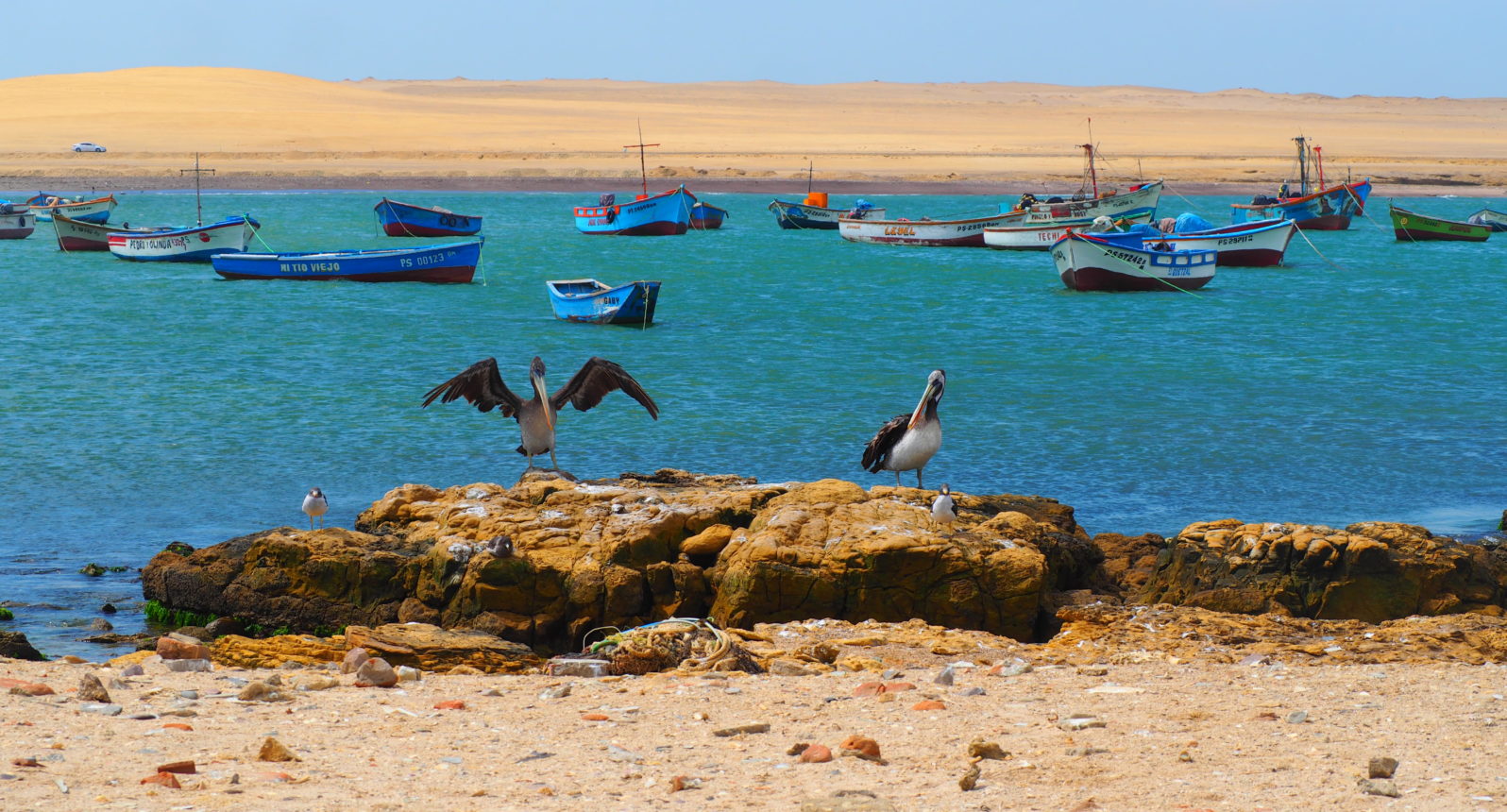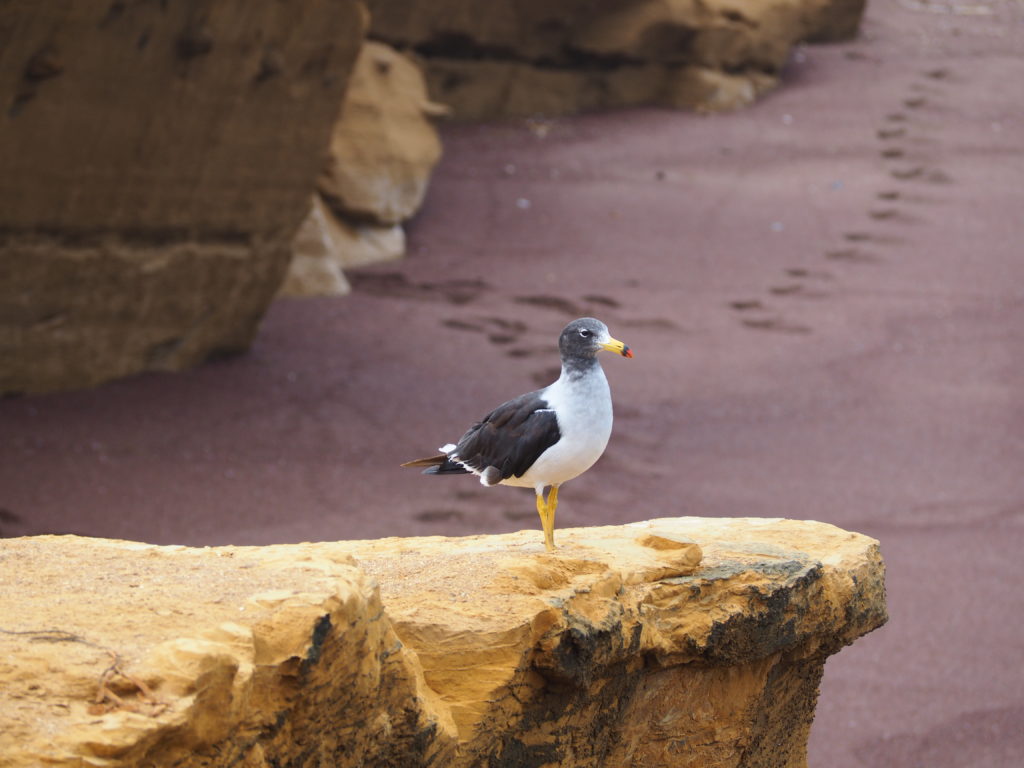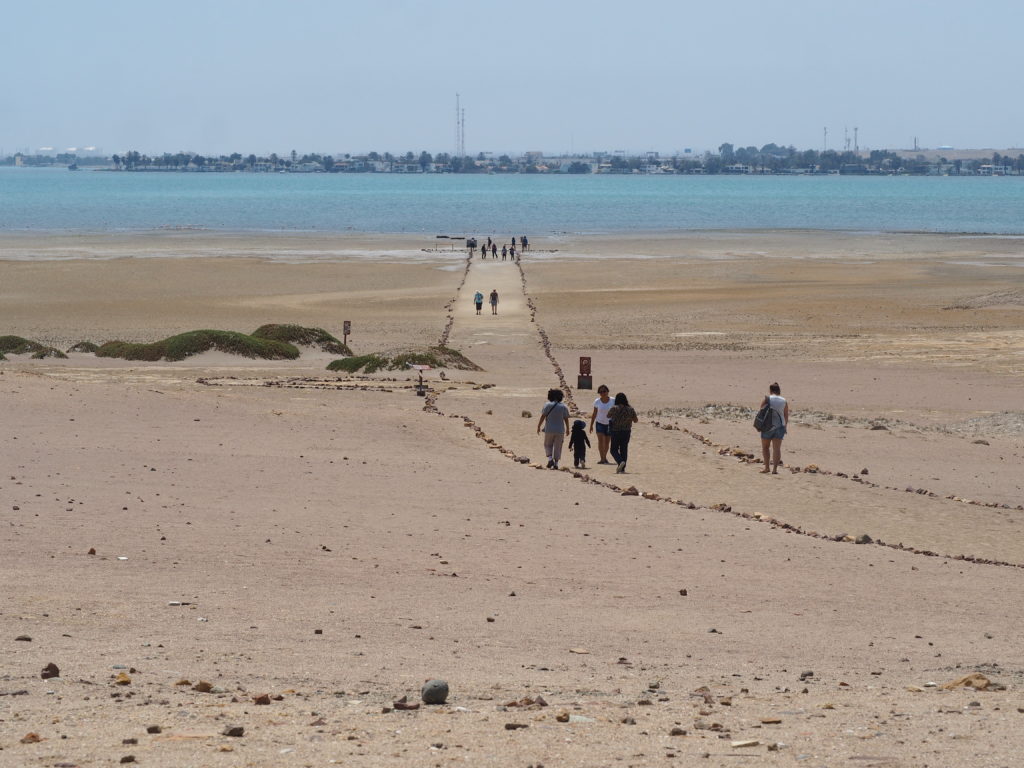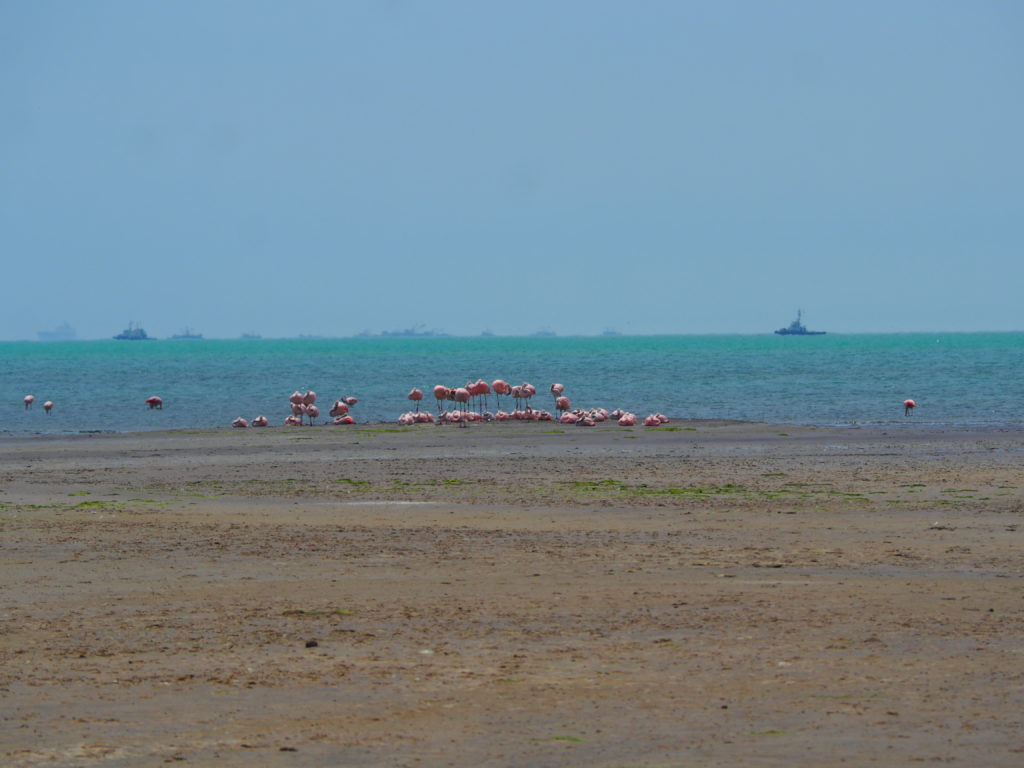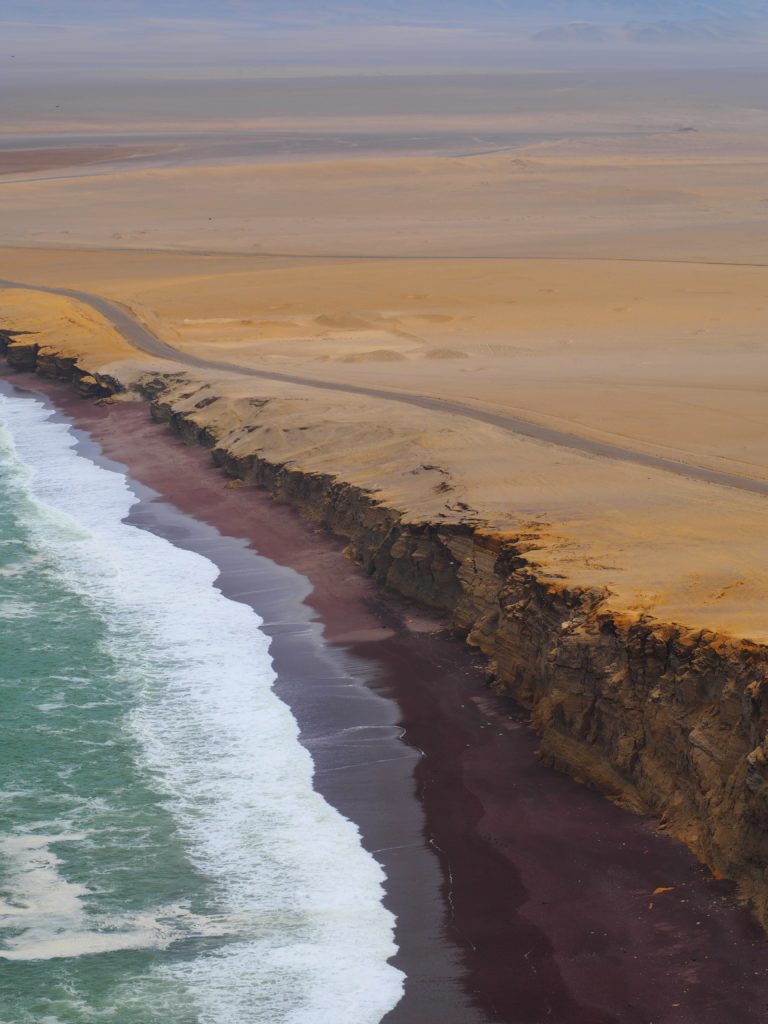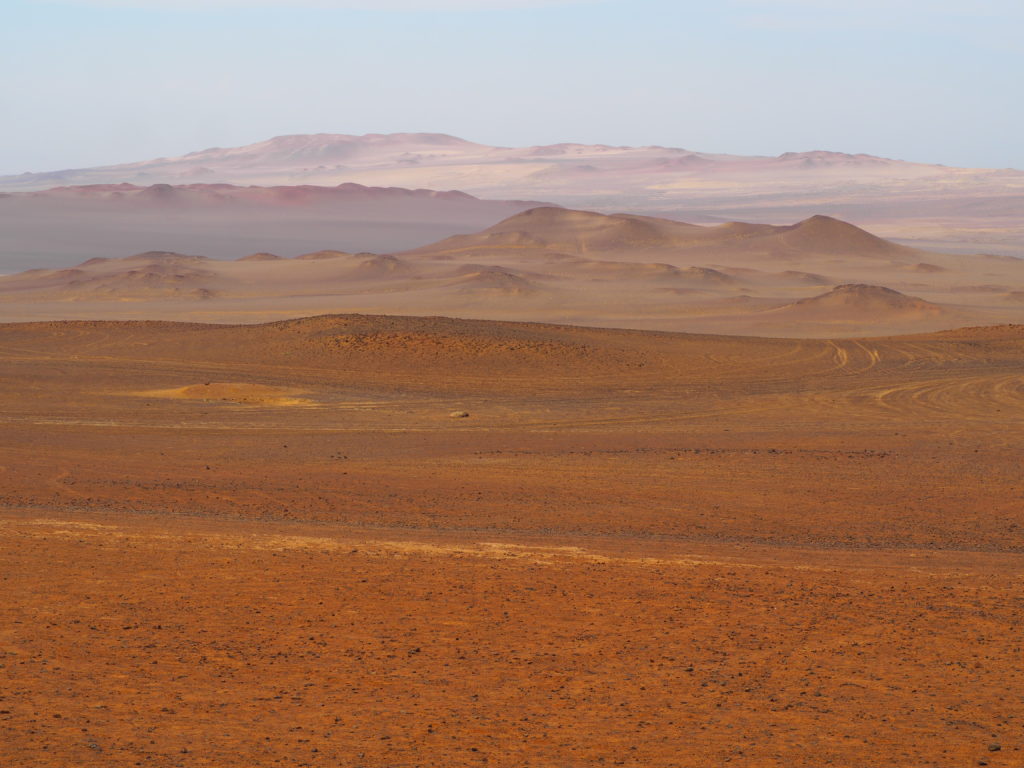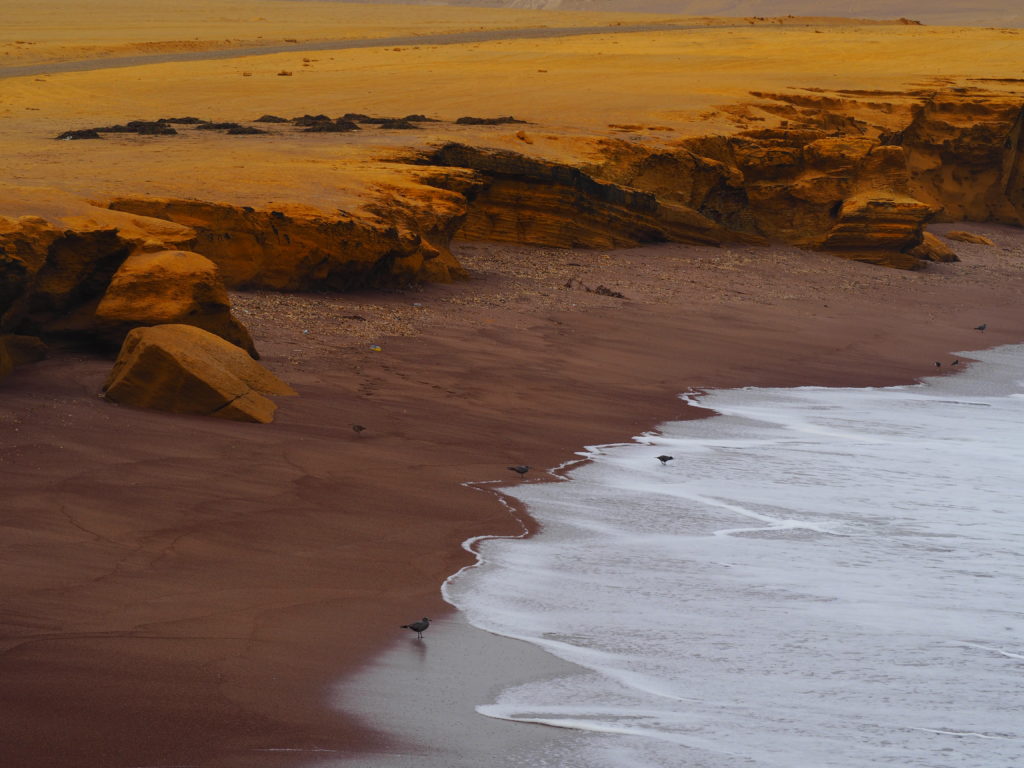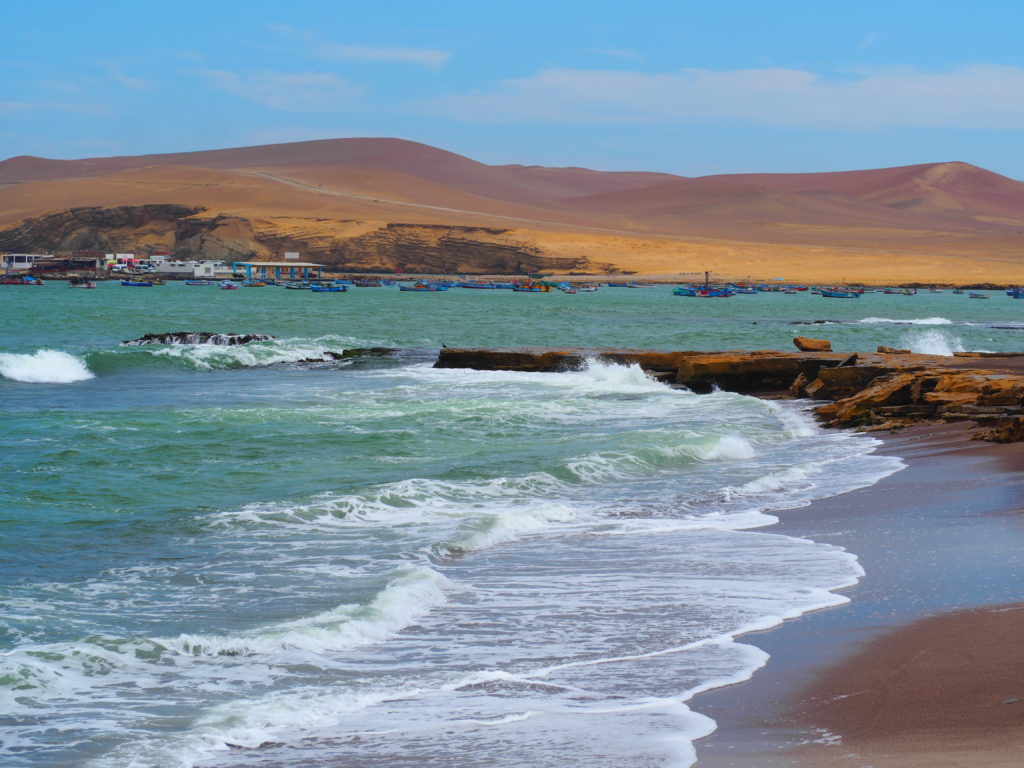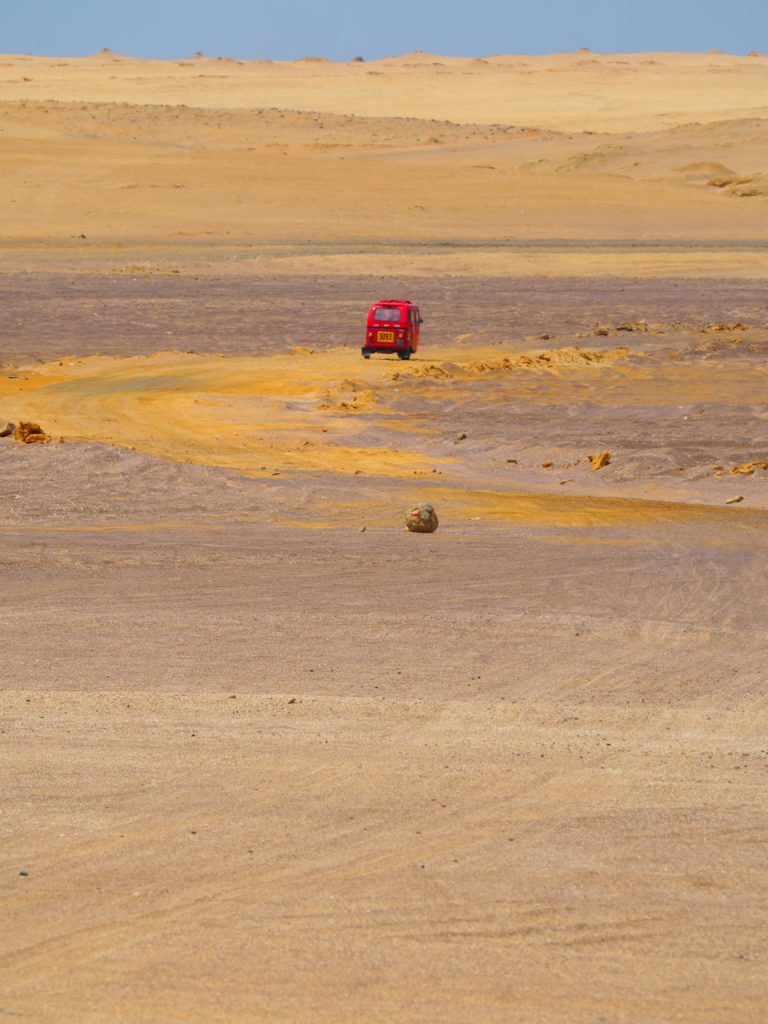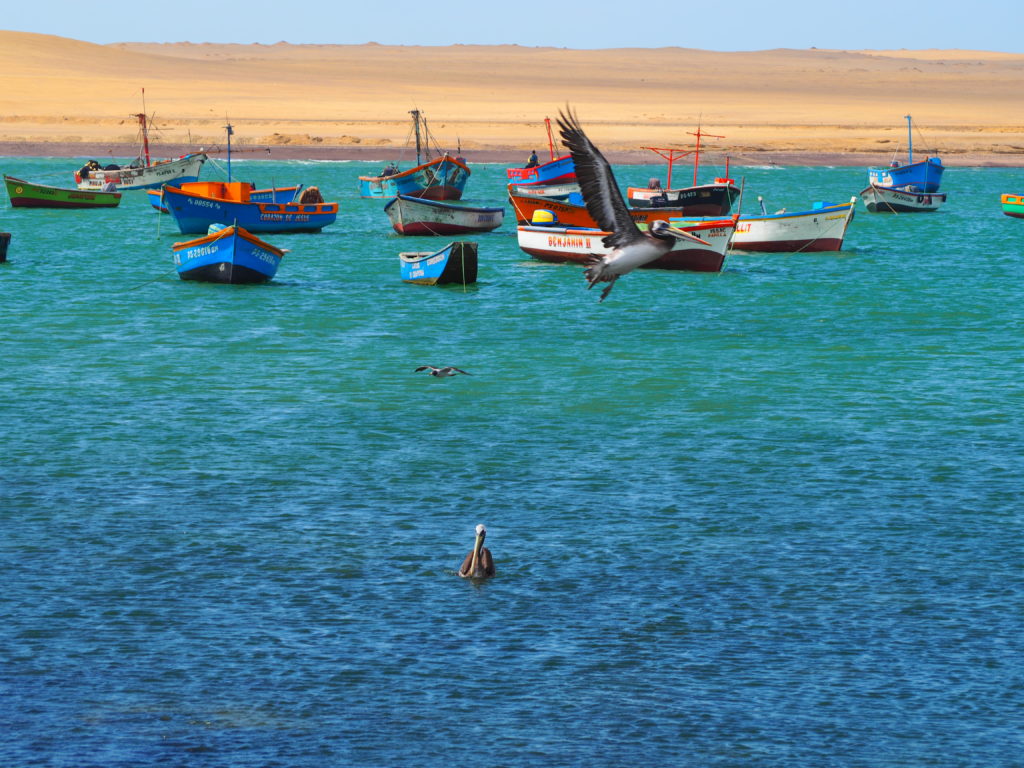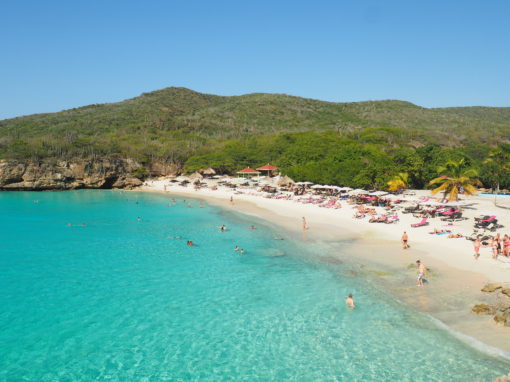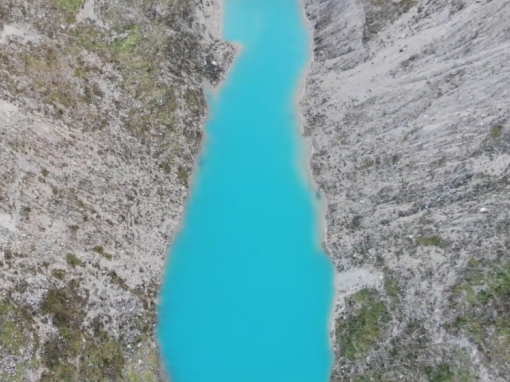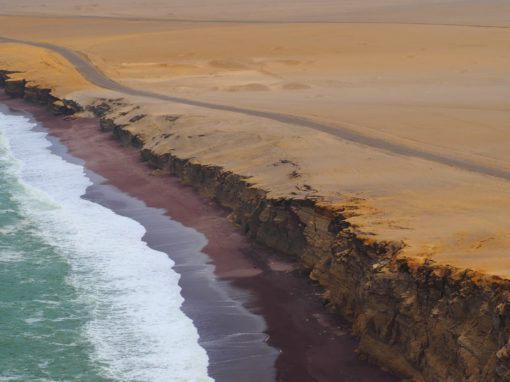WHAT: Cruising a part of the Paracas National Reserve - a big desert full of red sand, steep cliffs, fossils and birds WHERE: Near the town of Paracas, 250 km south of Lima, Peru HOW LONG: If you join a tour it will take approximately 3 - 4 hours, including time for lunch. You can cruise the land by bike too, in that case count yourself a whole day for it - just in case - and start in the early (cooler) morning hours. HOW MUCH: It really depends on what you want. You can book a private tour/taxi (count on 70 PEN), or a double tour (incl. the Islas Ballestas) with a group, or you can rent a car, or - if you're in a really active mood - a bike!
If you’re planning a visit to Paracas during your trip to Peru, there’s a fat chance you’re eager to visit the wonderful Islas Ballestas for some wildlife galore. But as the boat tours only last two hours, you’ll have plenty of time to enjoy the rest of the area too in the afternoon. Luckily for you the Paracas National Reserve is just around the corner!
The reserve is basically one big desert and a very dry one indeed. According to our guide it never rains in the desert. “Like never ever? – “Never.” So as water is life, right in the middle you’ll find the absence of both in this reserve. Funny enough, this area used to be on the bottom of the ocean thousands and thousands of years ago. Because of that, a lot of fossils and signs of previous life have been reserved in the dunes – a mix of trodden salt and mulberry-red sand. On top of that it’s just a weird idea that you’re now driving and walking on the previous sea bottom.
The museum at the entrance of the reserve will tell you all about life in the area throughout the ages. Descriptions of how the animals interacted with the environment are written in both English and Spanish, which is something one must appreciate for sure in Latin America.
The museum has been severely damaged by the earthquake in 2007 and rebuild afterwards, so that’s why it’s pretty new. Take some 30 – 45 minutes to soak up all of the information.
Afterwards there is a short walking path to the shore just outside of the museum where you can view some pelicans and flamingos. But as they are still far away, a zoom lens unfortunately is in order.
As you drive away from the museum into the reserve, there is nothing to see but sand as far as the eye can see. But the closer you’ll get to the sea, the many more birds will enter your panorama. And after hills and hills of dunes, the steep cliffs provide a dramatic first glance at the sea, while they drop down in the dark turquoise waves.
After a stop at this look-out the tours continue to the small bay of Lagunillas. The tour guides expect you to eat there at the restaurant. Although the food is decent (lots of fresh fish – ceviche!), it’s a bit pricey for Peruvian standards. But even if you refuse a lunch in here, it’s fun watching the hundreds of pelicans on their hunt for food around the fishing boats. From the little hill next to the restaurants you also have another nice view on the surrounding area.
If you’re in dire need of adrenaline, this might not be the perfect place for you to go to. Don’t expect the same amount of wildlife as at the Islas Ballistas either. Nonetheless, due to the many colours, I considered many of the scenes pretty breathtaking!
Here’s where to find the Paracas reserve! ↓
